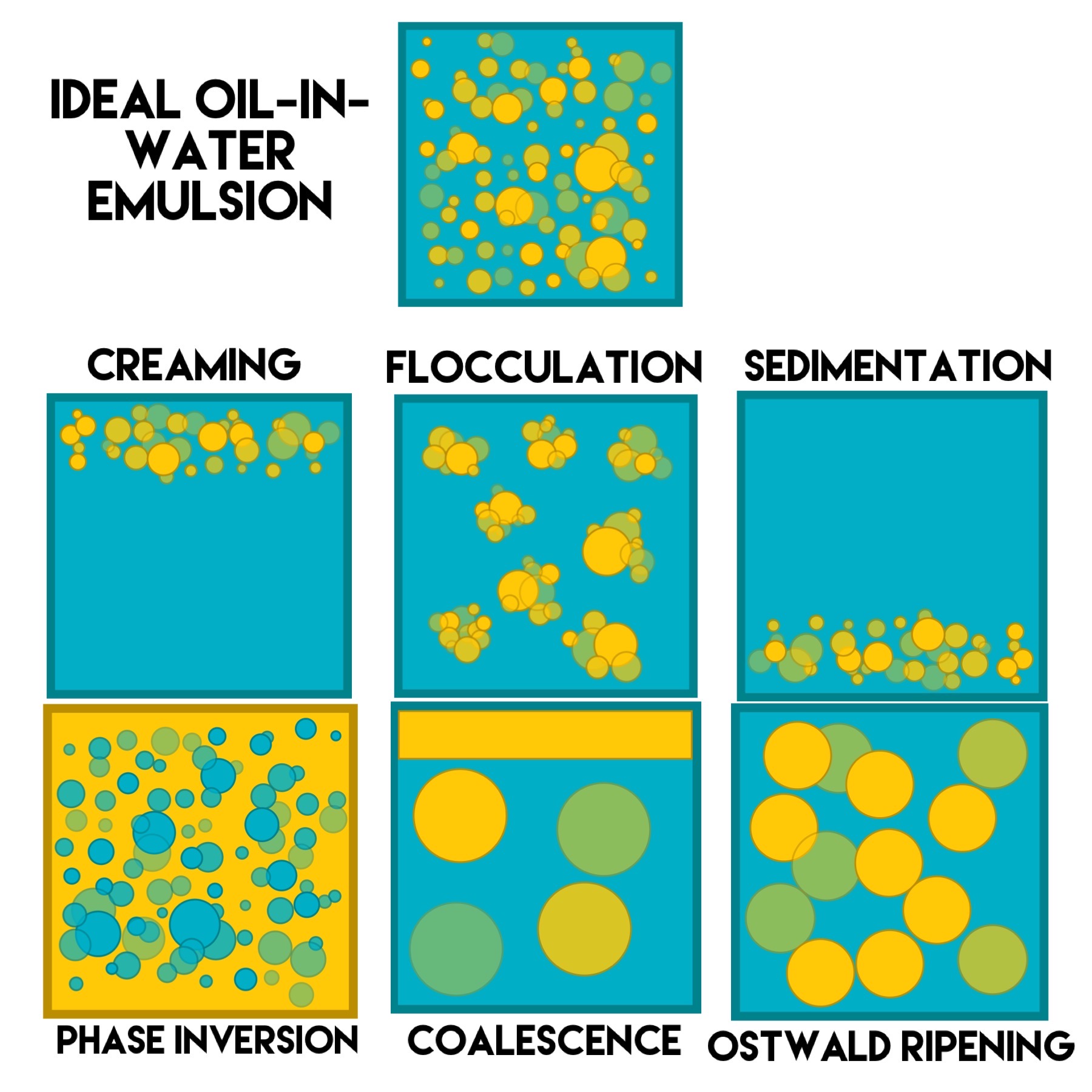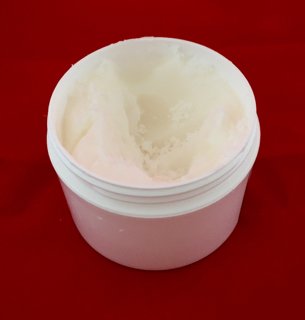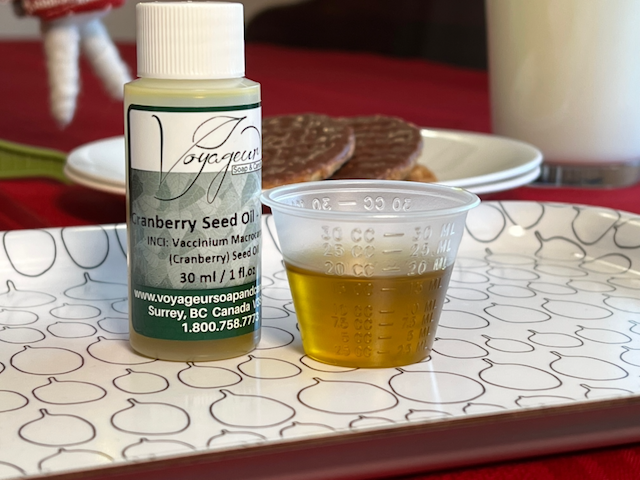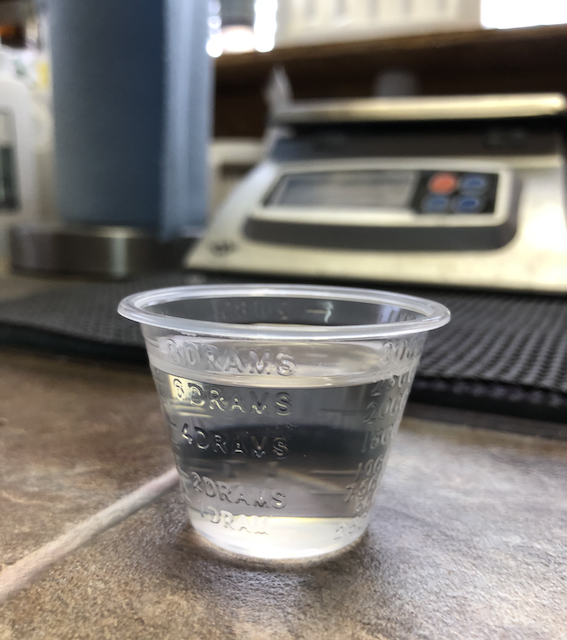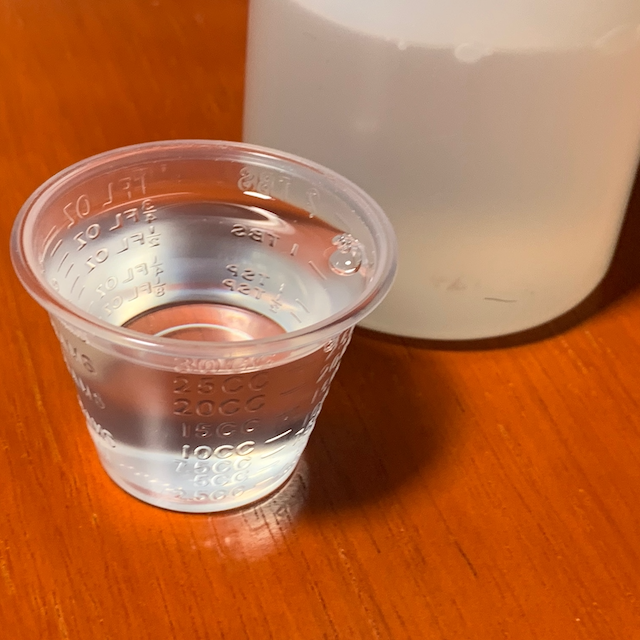When lotions go wrong! (Updated 2023)
Original post shared 2009. Slowly updating it for 2023 with new information and diagrams. This is definitely a work in progress as there’s so much more to share! At one time or another, we’ve all experienced epic lotion failure and asked ourselves what we did wrong. We call it separation, but do you know why...

